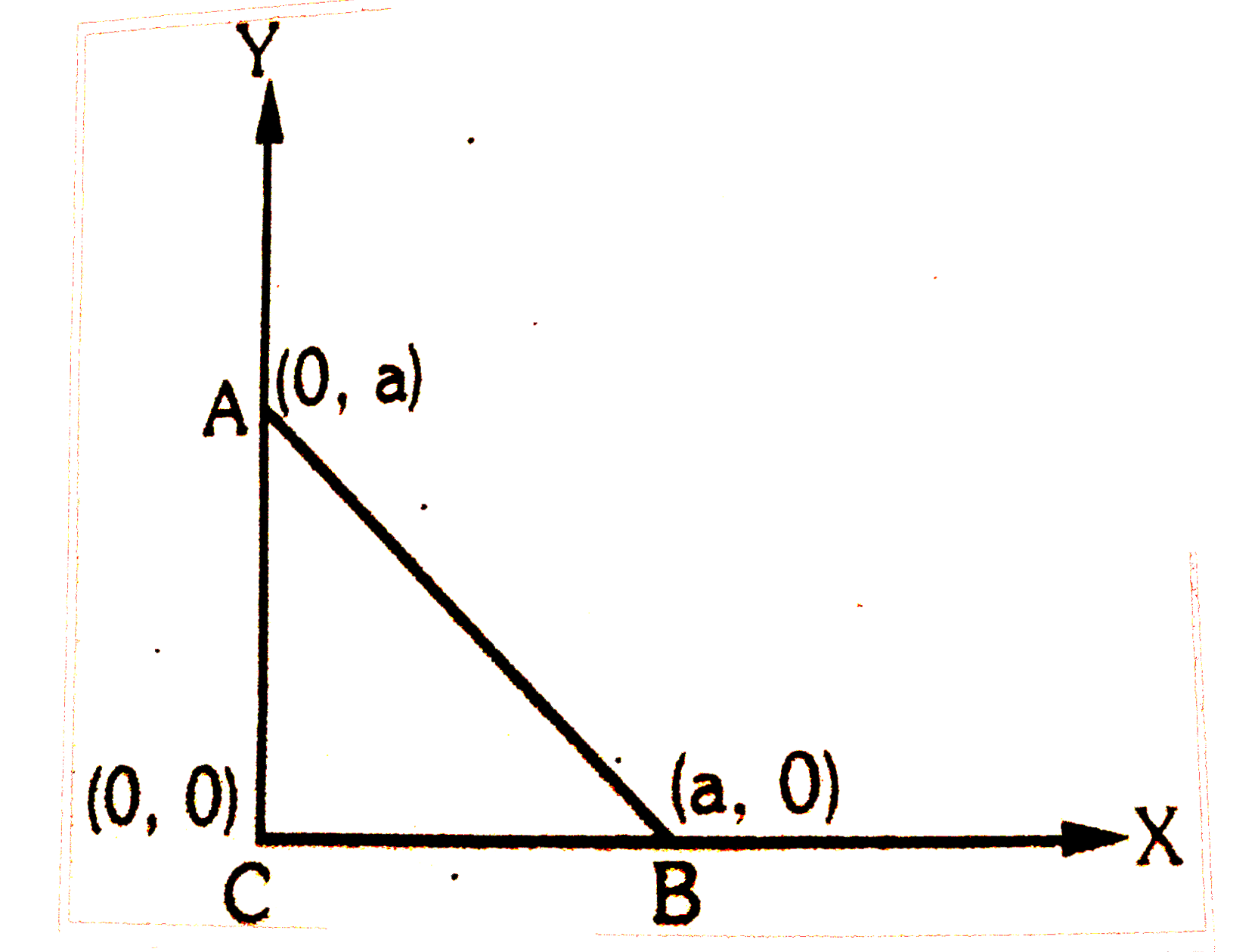If the complex numbers z1,z2 and z3 denote the vertices of an isoceles triangle, right angled at z1, then (z1−z2)2+(z1−z3)2 is equal toSolution in Tamil
0
(z2+z3)2
2
(z2−z3)2
The correct Answer is:D
Step by step video, text & image solution for If the complex numbers z_(1), z_(2)" and "z_(3) denote the vertices of an isoceles triangle, right angled at z_(1), " then "(z_(1)-z_(2))^(2)+(z_(1)-z_(3))^(2) is equal to by Maths experts to help you in doubts & scoring excellent marks in Class 12 exams.
Updated on:21/07/2023Topper's Solved these Questions
- COMPLEX NUMBERS AND QUADRATIC EQUATIONSBOOK - NEW JOYTHI PUBLICATIONCHAPTER - COMPLEX NUMBERS AND QUADRATIC EQUATIONSEXERCISE - EXERCISE
50 Videos
- BINOMIAL THEOREMBOOK - NEW JOYTHI PUBLICATIONCHAPTER - BINOMIAL THEOREMEXERCISE - QUESTIONS FROM COMPETITIVE EXAMS
51 Videos
- CONIC SECTIONS BOOK - NEW JOYTHI PUBLICATIONCHAPTER - CONIC SECTIONS EXERCISE - EXERCISE - HYPERBOLA
9 Videos
Similar Questions
formula for Modulus of a complex number is
View SolutionIf T, denotes the rth term in the expansion of [x+1x]23, then
View SolutionThe vertices of the hyperbola 9x2−16y2=144
View Solutionif the complex no z_(1),z_(2) and z_(3) represents the vertices of an equilateral triangle such that |z_(1)|=|z_(2)|=|z_(3)| then relation among z_(1),z_(2) and z_(3)
View SolutionComplex numbers z1,z2,z3 are the vertices of A,B,C respectively of an equilteral triangle. Show that z21+z22+z23=z1z2+z2z3+z3z1.
View Solutionसमद्विबाहु समकोणीय त्रिभुज (C पर समकोण) से शीर्षो A,B,C द्वारा क्रमशः सम्मिश्र संख्याएँ z1,z2,z3 निरूपित है सिद्ध कीजिए कि
(z1−z2)2=2(z1−z3)(z3−z2)

View SolutionIf the vertices of an equilateral triangle be represented by the complex numbers z1,z2,z3 on the Argand diagram, then prove that,
z21+z22+z23=z1z2+z2z3+z3z1.
View SolutionIf the complex numbers z1,z2,z3 represents the vertices of an equilaterla triangle such that |z1|=|z2|=|z3|, show that z1+z2+z3=0
View SolutionLet the complex numbers Z1,Z2andZ3 are the vertices A, B and C respectively of an isosceles right - angled triangle ABC with right angle at C, then the value of (Z1−Z2)2(Z1−Z3)(Z3−Z2) is equal to
View Solutionयदि सम्मिश्र संख्याएँ z1,z2 व z3 एक समबाहु त्रिभुज के शीर्षों को प्रदर्शित करती है तथा |z1|=|z2|=|z3|, तो z1+z2+z3=0 होगा |
View SolutionIf the complex numbers z1,z2,z3 represent the vertices of an equilateral triangle, and |z1|=|z2|=|z3|, prove that z1+z2+z3=0
View SolutionComplex numbers z1,z2,z3 are the vertices of A,B,C respectively of an equilteral triangle. Show that z21+z22+z23=z1z2+z2z3+z3z1.
View Solutionstatement-1 Let z1,z2 and z3 be htree complex numbers, such that |3z1+1|=|3z2+1|=|3z3+1| and 1+z1+z2+z3=0, then z1,z2,z3 will represent vertices of an equilateral triangle on the complex plane.
statement-2z1,z2,z3 represent vertices of an triangle, if
z21+z22+z23+z1z2+z2z3+z3z1=0
View SolutionLet the complex numbers Z1,Z2andZ3 are the vertices A, B and C respectively of an isosceles right - angled triangle ABC with right angle at C, then the value of (Z1−Z2)2(Z1−Z3)(Z3−Z2) is equal to
View SolutionComplex numbers z1,z2,z3 are the vertices of A,B,C respectively of an equilteral triangle. Show that z21+z22+z23=z1z2+z2z3+z3z1.
View Solution
